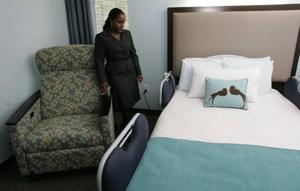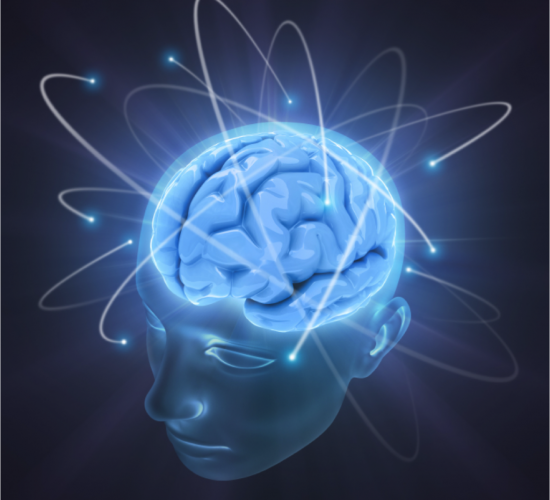Researchers at the Institute for Autism Research at Canisius College have found that functional level appears to play a critical role in the stress levels of children with autism spectrum disorder (ASD). Specifically, lower-functioning children with ASD (LFASD) exhibited significantly higher levels of cortisol, the primary stress hormone in humans, than both high-functioning children with ASD (HFASD) and typical children.
Prior research has suggested that individuals with ASD experience elevated stress and related problems such as anxiety, however, many of the studies relied on informant rating scales and behavioral observations which have significant limitations for children with ASD. Attempts to more directly measure stress in this population using physiological measures such as cortisol have yielded mixed results. According to Susan K. Putnam PhD, chair and professor of psychology, the study's lead author, some of the inconsistent results may have been due to the prior studies not taking into account the significant differences in functional levels of individuals with ASD. "The inclusion of functionally-different individuals with ASD in studies has led to a need for studies of more precisely-defined subgroups with ASD, including subgroups based on functional level," said Putnam. This was the first study to assess cortisol (stress) levels in groups that were clearly differentiated based on functional level, specifically cognitive level.
Given the limitations in existing studies, the research team attempted to examine stress levels in ASD by examining the pattern of salivary cortisol across the day (morning, midday, and evening) and potential differences between lower-functioning children with ASD (LFASD IQ below 70), high-functioning children with ASD (HFASD IQ 85 or higher), and typical children. "It was important to determine whether the ASD groups exhibited the typical diurnal pattern of high cortisol in the morning, followed by a decrease at midday, and a further decline in the evening to determine if this typical pattern was present, and then examine the effect of functional level on stress level," said IAR co-director, Marcus Thomeer PhD, one of the study authors. Saliva samples were collected three times per day over four days on weekends from 13 children with LFASD, 16 children with HFASD, and 14 typical children. Results indicated that all three groups showed the typical pattern in which cortisol levels were highest at waking, followed by midday, and were lowest at bedtime. These findings are consistent with several prior studies of individuals with ASD.
The most significant finding, however, was that cortisol levels differed between the groups across the day. "Children with LFASD had significantly higher cortisol, the stress indicator, across the day than both the HFASD and typical children and, interestingly, children with HFASD did not significantly differ from the typical children across the day," said Putnam.
These findings have significant implications as they suggest that differences in cortisol levels and stress may be linked to the functional level, specifically IQ, of children with ASD. According to Putnam, this is an area in need of further study as it is unknown whether the elevated cortisol in the children with LFASD (compared to HFASD) is indicative of more significant neurological impairment and/or greater sensitivity to environmental stressors (associated with ASD symptoms), or whether a bi-directional relationship exists. IAR co-director Christopher Lopata PsyD, one of the study authors, noted that "identifying stress-level differences between functionally-differentiated groups with ASD has critical implications for how we assess and treat stress and stress-related reactions and conditions in children with ASD."
Findings from the study were recently published online first in the Journal of Developmental and Physical Disabilities.
Read more here









